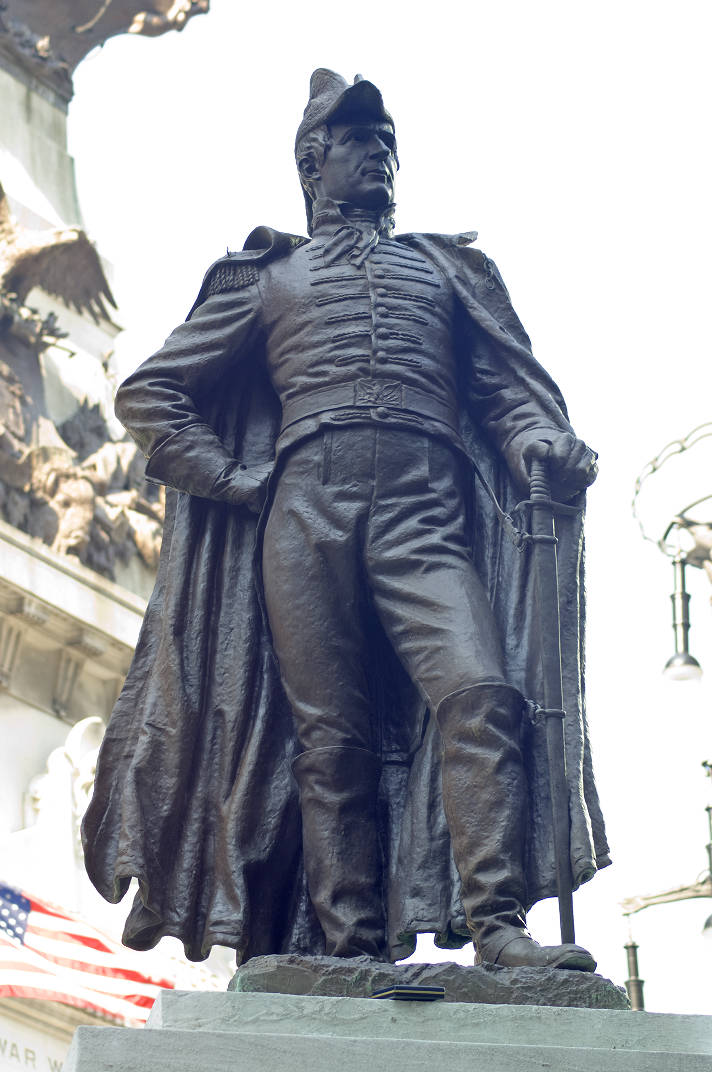(June 24, 1855-Sept. 13, 1919). Born in Usk, Wales, John H. Mahoney came to Indianapolis with his parents in 1868, where he apprenticed with Carpenter Brothers Marble Works. His earliest work was a marble statue of Benjamin Franklin done in 1874 for the now-defunct Franklin Building at the southeast corner of Market Street on Monument Circle. James W. and Benjamin O. Carpenter provided the stone for the building.

Mahoney studied at the English Academy in Rome under Randolph Rogers from 1878 to 1880, then worked for several years on the East Coast. By 1889, he had returned to Indianapolis, where his best-known works are the bronze statues of Governor James Whitcomb (1893), General William Henry Harrison (1895), and General George Rogers Clark (1898) on the . He also modeled the tablet of that is displayed in the . Additional sculptures include (1891), with castings for the cities of English and Scottsburg, Indiana; two statues representing freedom and law for the Pilgrims Monument in Plymouth, Massachusetts; and numerous other works.
Mahoney’s first major work, his statue of Benjamin Franklin, has long outlived the Franklin Building in Indianapolis to take on a role in campus life at . The building was razed in 1929 to make way for Rubush and Hunter’s , and the moved the statue to headquarters at 2820 N. Meridian Street. When that building was torn down in the 1960s, the union donated it to Franklin College, where students creatively painted and repainted it for over five decades. The college restored the statue to its original state in 2014.

Help improve this entry
Contribute information, offer corrections, suggest images.
You can also recommend new entries related to this topic.